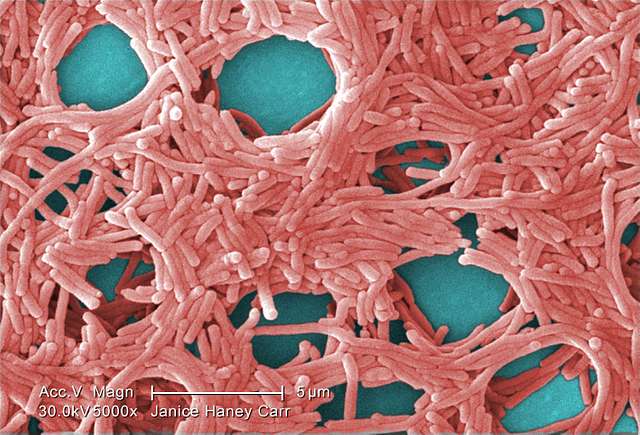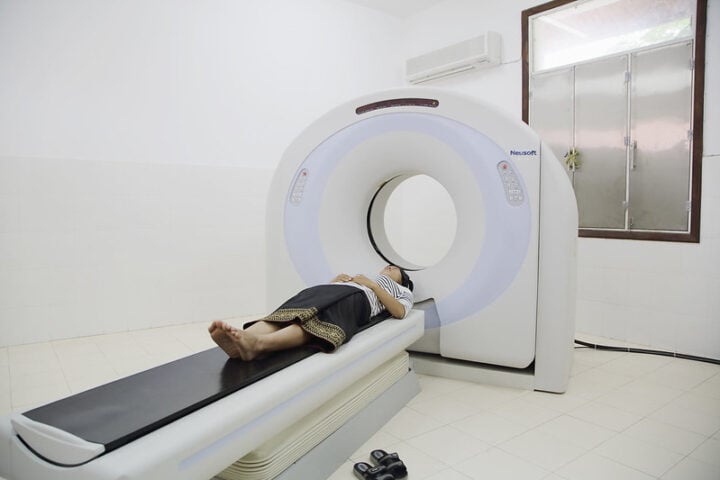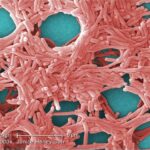The ambitious Human Cell Atlas (HCA) project has analyzed over 100 million cells from more than 10,000 people worldwide, challenging our previous understanding of human biology. The international effort marks a substantial shift in how we study human health and disease.
The previous report suggests that we are built from around 200 cell types. The HCA project has now proven this understanding outdated, revealing thousands of distinct cell types through advanced single-cell sequencing technology.
“This is a pivotal moment for the HCA community, as we move towards achieving the first draft of the Human Cell Atlas,” says Dr. Aviv Regev, one of the founders who now works at Genentech. The project’s scope involves over 3,500 scientists from 100 countries. Dr. Regev explains the progress: “This large-scale, community-driven, globally representative, and rigorously curated atlas will evolve continuously and remain accessible to all to advance our understanding of the human body in health and treatments for disease.”
Recent Discoveries Transform Understanding
A series of 40 peer-reviewed papers published in Nature provides details of these several crucial findings. The research team has mapped 1.6 million cells in the human gut, creating the most detailed atlas of the gastrointestinal tract to date. This work led to the discovery of gut metaplastic cells, which may contribute to inflammatory bowel disease affecting seven million people globally.
The skeletal development map revealed how bones form in the womb, with cartilage acting as a scaffold before bone cells develop. Dr. Ken To from the Wellcome Sanger Institute notes this could improve understanding of both young and aging skeletal conditions.
More Stories:
Technical Precision and usability of map
The project employs single-cell RNA sequencing to analyze how genes function in individual cells, combined with artificial intelligence for data analysis. This approach allows researchers to create detailed “ID cards” for each cell type, tracking their locations and interactions within the body.
The first complete draft of the atlas, expected in 2026, will cover 18 organs including the skin, heart, and breasts. Professor Sarah Teichmann, co-founder of the HCA, states: “The Human Cell Atlas is a global initiative that is already transforming our understanding of human health. By creating a comprehensive reference map of the healthy human body—a kind of ‘Google Maps’ for cell biology—it establishes a benchmark for detecting and understanding the changes that underlie health and disease.”
During the COVID-19 pandemic, the atlas helped identify the nose, mouth, and eyes as key viral entry points. The project also uncovered an ionocyte cell type in the respiratory tract, potentially important for cystic fibrosis treatment.
Data Access
The Gut Cell Atlas remains freely available to researchers worldwide, with new processes allowing future studies to be integrated. This accessibility ensures continued scientific collaboration and potential medical breakthroughs.
Dr. Jeremy Farrar, chief scientist at the World Health Organization, acknowledges these developments are “reshaping our understanding of health and disease.” As we move forward, this mapping of our body’s 37.2 trillion cells continues to provide essential insights for medical research and treatment development.


















